Unlocking the Immersive Experience: Exploring the World of 8D Sound with Vrenity
Introduction: In the ever-evolving landscape of audio technology, a new dimension of immersive sound experiences has emerged, captivating listeners...
1 min read
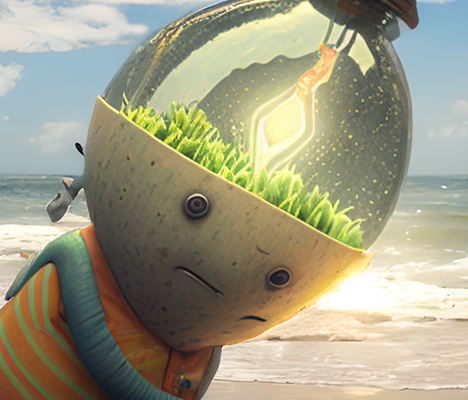 Nerdle
:
Oct 18, 2023 7:40:24 PM
Nerdle
:
Oct 18, 2023 7:40:24 PM
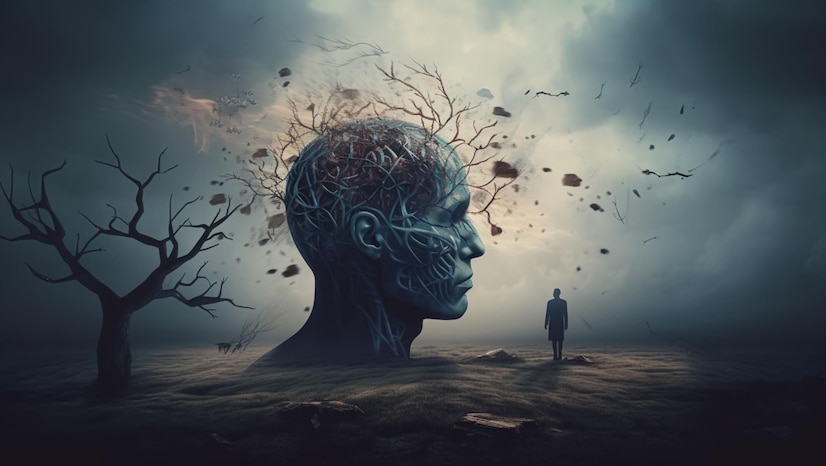
Aphantasia is a newly recognized condition characterized by an inability to voluntarily conjure mental images (Zeman, Dewar, & Della Sala, 2015). Although first described by Francis Galton in the 19th century, aphantasia has only gained scientific and popular interest in the last decade. As researchers strive to understand the neurocognitive basis of aphantasia, technology companies like VRenity are developing innovative tools to help aphantasic individuals visualize. This blog post explores the potential of new visualization technologies to enrich the lives of people with aphantasia.
People with aphantasia lack the “mind’s eye” that most take for granted. When asked to visualize a beach, for example, they cannot generate a mental image of waves, sand, sun umbrellas or other details. Some individuals with aphantasia also report an inability to recall sounds, smells, tastes, and other sensory impressions. Researchers have hypothesized that aphantasia may result from underdevelopment of the brain’s visual cortex or atypical neural connectivity (Zeman et al., 2015). Aphantasia likely exists on a continuum, with some possessing no visual imagery while others have limited imagery.
Recognizing the challenges faced by people with aphantasia, VRenity's visualization platform uses AI algorithms to transform text or auditory inputs into dynamic visual representations. For example, a user could verbally describe a beach scene and watch the platform generate a vivid corresponding image. VRenity has also pioneered AI soundscapes to evoke sensory experiences for those with aphantasia through layered audio compositions. These innovations demonstrate the power of AI to open new worlds for people with cognitive variations.
VRenity's groundbreaking visualization and audio tools have extraordinary potential to enhance quality of life for individuals with aphantasia. As our comprehension of neurocognitive diversity grows, companies like VRenity will continue exploring technology-enabled solutions to expand human potential. The future looks bright for collaborations between neuroscience researchers, innovators and communities like aphantasia.
Sources
Zeman, A., Dewar, M., & Della Sala, S. (2015). Lives without imagery - Congenital aphantasia. Cortex, 73, 378-380.
Image source: Image by atlascompany on Freepik
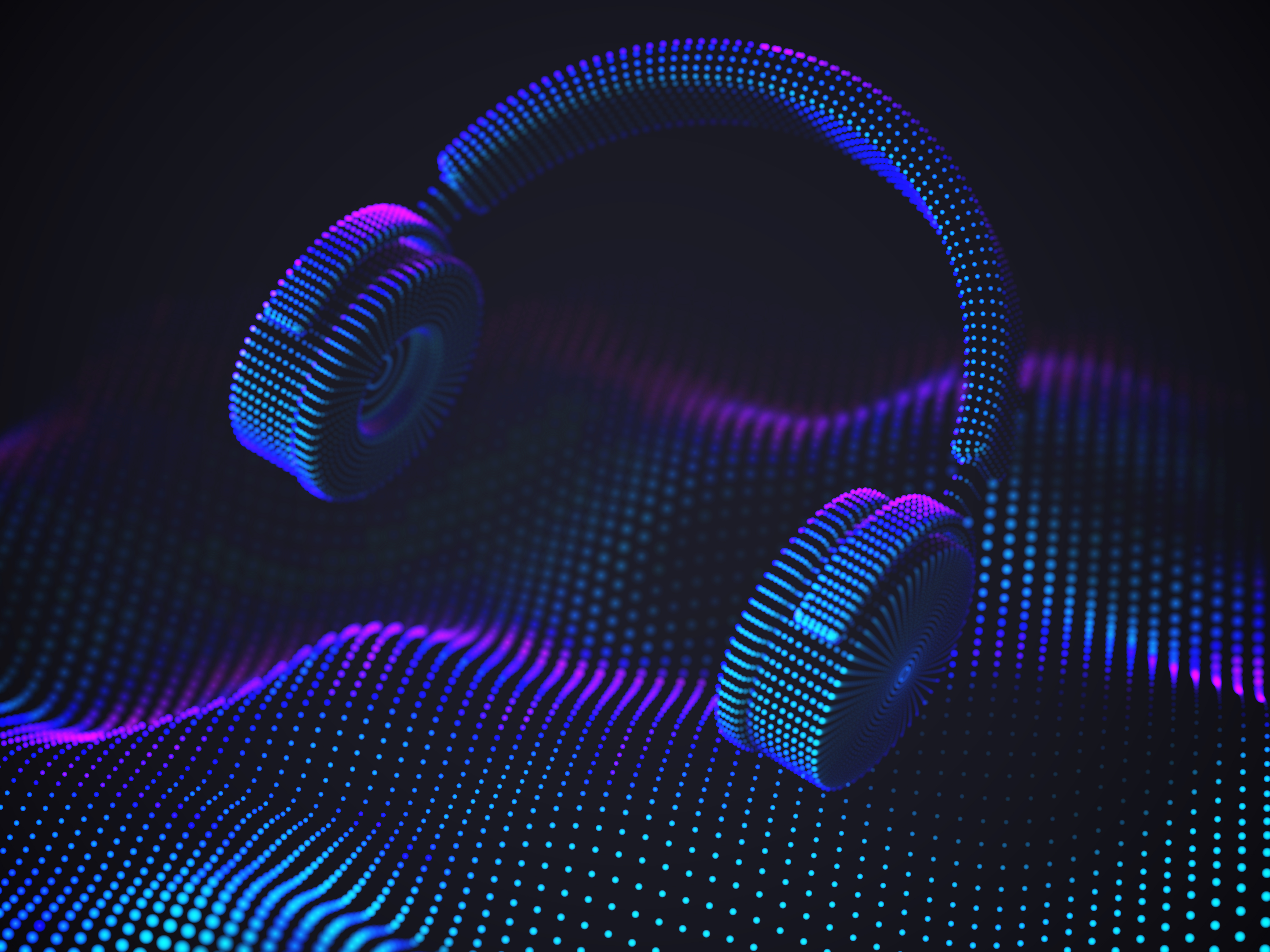
Introduction: In the ever-evolving landscape of audio technology, a new dimension of immersive sound experiences has emerged, captivating listeners...
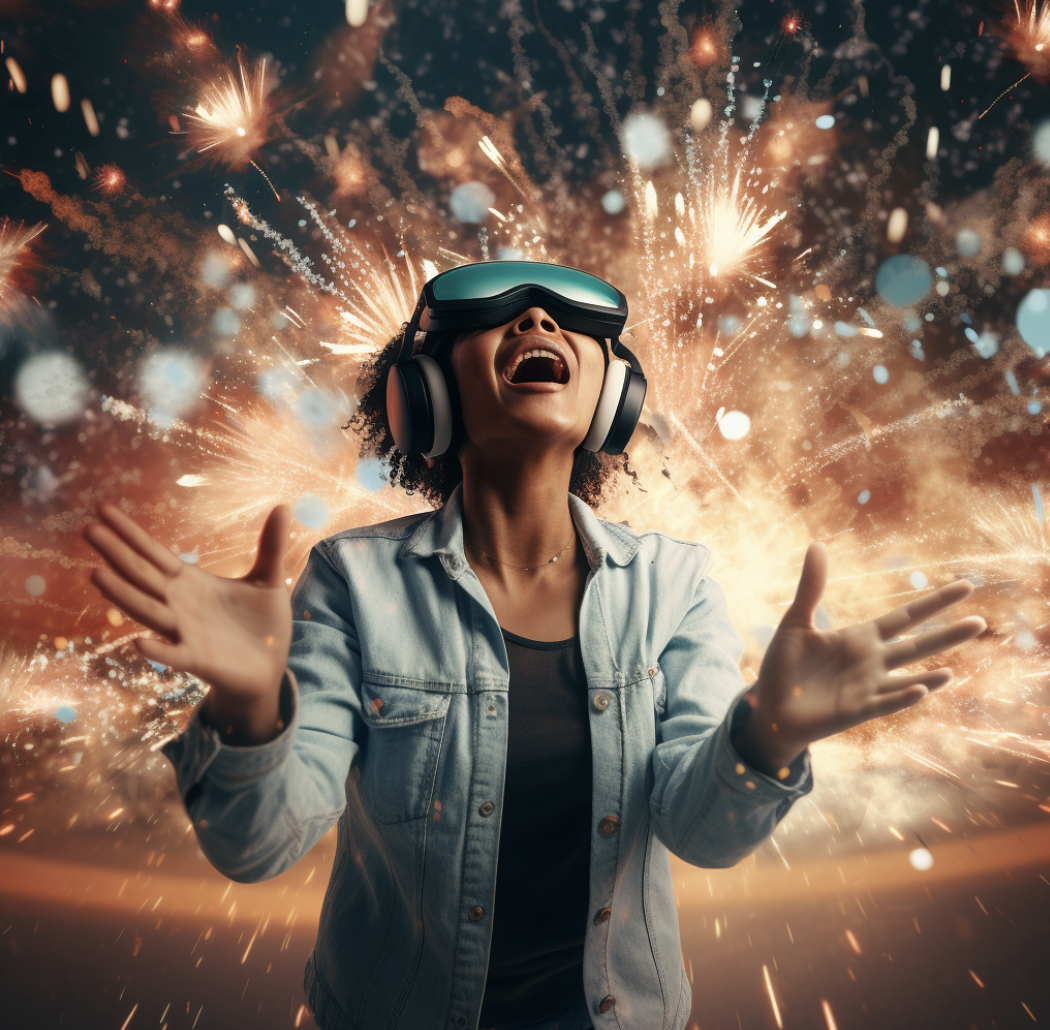
As we approach the end of 2023, it's an exciting time to reflect on the progress and milestones achieved at VRenity, a pioneer in virtual reality...
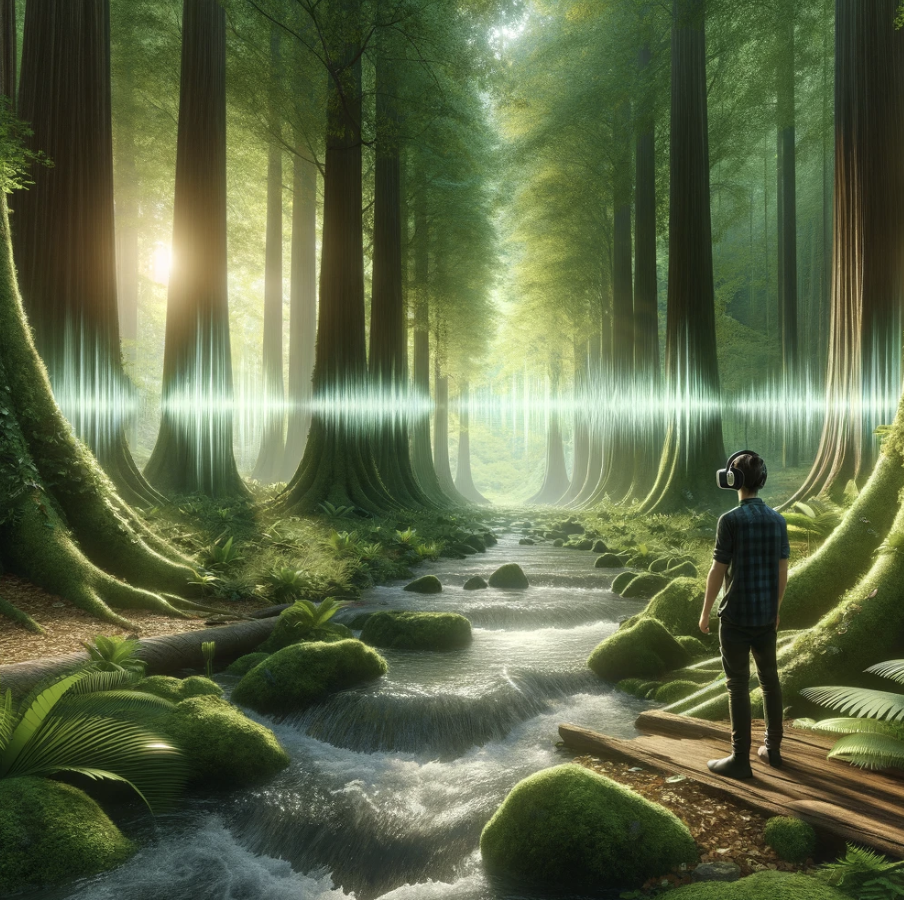
In an era where mental wellness is more crucial than ever, innovative solutions are the beacon of hope for many. Enter VRenity, a pioneering force at...